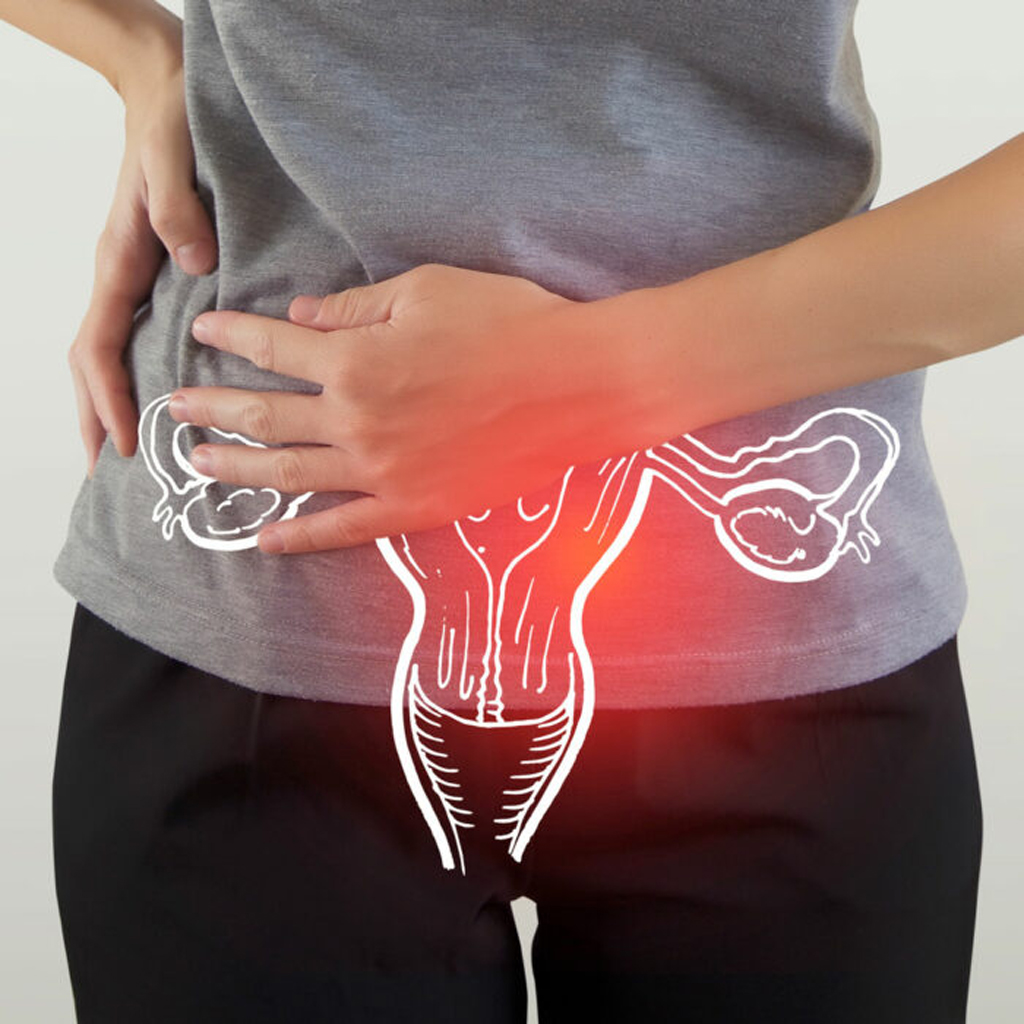What is Pelvic Congestion?
Pelvic congestion, also known as pelvic venous congestion syndrome (PVCS), is a condition that affects many women ages 20-45 who have given birth more than once, have polycystic ovary syndrome, or varicose veins. Understanding pelvic congestion syndrome is the first step to begin treatment. It occurs when the veins in the pelvis become enlarged and engorged, causing discomfort and pain. Approximately 40% of visits to the gynecologist involve chronic pelvic pain complaints, and it’s estimated that up to 30% of these are likely related to pelvic congestion.
Catheter-directed thrombolysis is an effective treatment for DVT. The procedure is performed by an interventional radiologist, and breaks up the blood clot to restore blood flow within the vein. A doctor inserts a catheter into the leg vein while being guided by imaging technology. Then, the catheter is placed into the clot, and a drug is infused to break up the clot. Typically, it takes one to two days for the clot to fully dissolve. Catheter-directed thrombolysis for DVT gives patients the best chance at avoiding long-term symptoms.
Causes of Pelvic Congestion
While it’s still unclear as to why pelvic congestion occurs, problems with blood flow in ovarian veins and the veins in the pelvis play a significant role. Normally, the blood in the veins flows upward towards the heart, and structures in the veins called valves prevent blood flow from going backward, called reflux. With pelvic congestion, those valves don’t work properly because the vein is dilated, resulting in an overly filled vein that causes pain.
Symptoms & Treatment
While pelvic congestion symptoms can vary from woman to woman, the most common symptoms of PVCS are:
- Dull, aching pain in the lower abdomen or pelvis that worsens after standing for long periods or at the end of the day.
- Varicose veins
- Abnormal menstrual bleeding, and increased pain during menstruation.
- A feeling of fullness or heaviness in the pelvic area.
If a patient is experiencing symptoms, an ovarian vein embolization is the recommended treatment for PVCS. Embolization is a minimally invasive procedure typically done with the patient on an incline or standing, since veins usually decrease in size when lying down, making it hard to diagnose and treat.
During the procedure, the interventional radiologist will insert a thin catheter into the femoral artery near the groin and guide it to the affected area using x-ray imaging. To seal the enlarged vein and relieve painful pressure, the interventional radiologist then inserts tiny coils often with a sclerosing agent (the same type of material used to treat varicose veins) to close the vein. The procedure is safe and effective, and patients can return to normal activities immediately.
Memphis Vascular Center performs ovarian vein embolization for women with pelvic congestion syndrome throughout the greater Memphis area. For more information on PCS or to schedule an appointment to learn more about ovarian vein embolization, please call 901-683-1890 or schedule an appointment online HERE.

